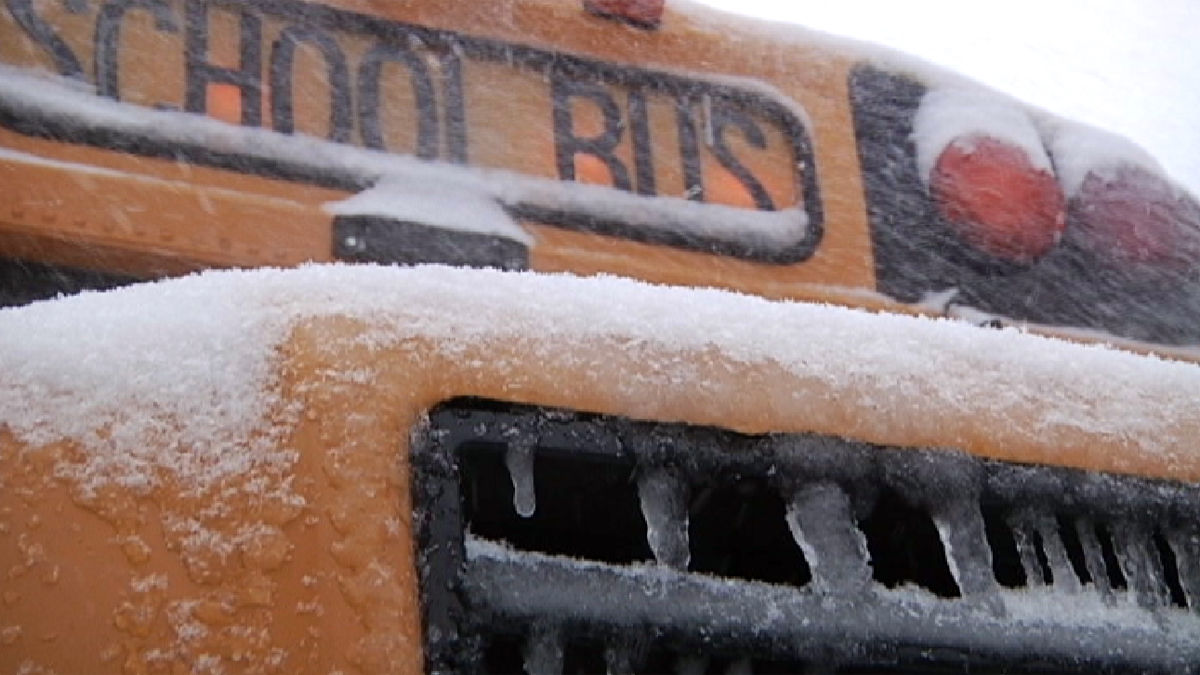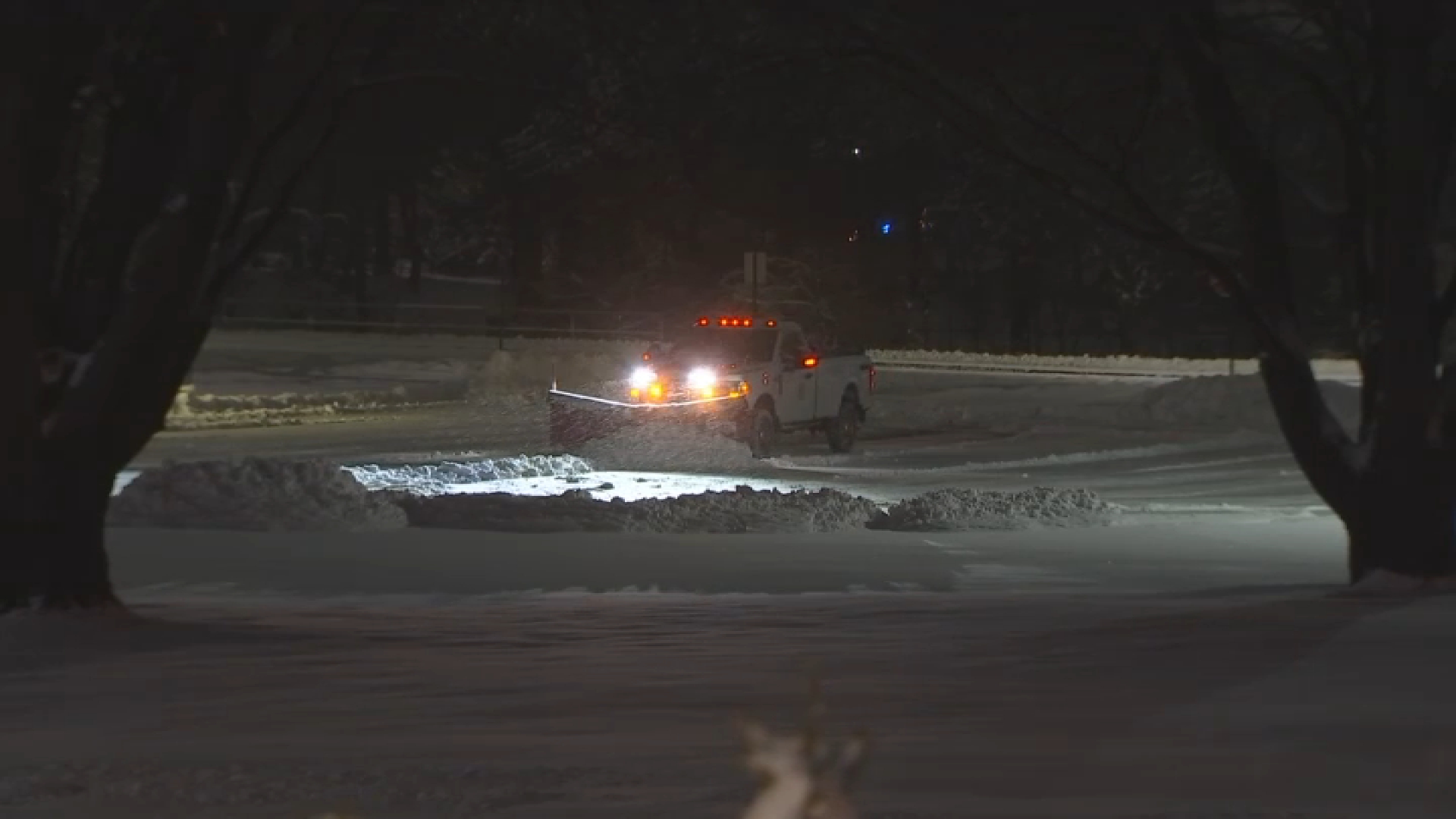“The weather isn’t what it used to be." I hear that a lot from the public. Many long-time weather forecasters agree, and I am one of them.
I was born and raised in Philadelphia, and have been studying the weather here since the 1950s. Dr. Jon Nese and I even wrote “The Philadelphia Area Weather Book” in 2003. We did a lot of research in preparing that book, including a look back at hundreds of years of weather records.
There is no doubt in my mind that the climate of the Philadelphia area has changed in many ways over the years.
1. It doesn’t get as cold as it used to. The last time Philly had an official below zero temperature was 1994. Our all-time low is -11. And there were 35 days with readings below zero in the 120 years before 1994. Below-zero temperatures used to be common, not rare.
2. Summers are hotter than they used to be. The 12 hottest summers have all occurred since 1991. Four of the seven hottest have occurred in this decade.
3. The trend can be seen in yearly temperatures, too. Twelve of the warmest 13 years occurred since 1990. Five of the eight warmest were observed in this decade.
4. When it rains, the rain tends to be heavier than it used to be. The two rainiest years were in this decade. The rainiest two months as well.
Local
Breaking news and the stories that matter to your neighborhood.
5. Even though it’s warmer overall, when it is just cold enough to snow, it snows more. The two snowiest winters occurred in the past 10 years. The third snowiest was in 1995-96, which had the biggest snowstorm ever recorded here. The 2nd, 3rd, and 4th biggest snowstorms occurred in the past 10 years.
So, it’s warmer, wetter, and snowier in the 21st century than in the 120 years of official records before that time. The climate of Philadelphia has changed significantly. We have the proof.



